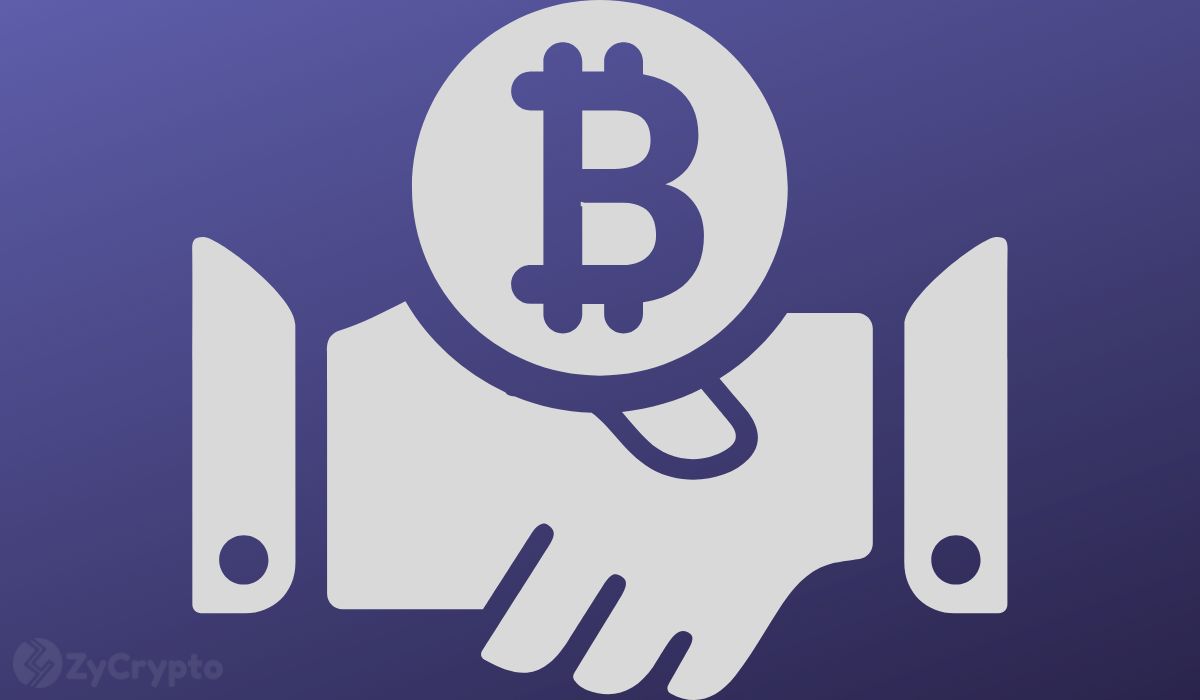Ark Invest, led by Cathie Wood, has taken a significant step forward by filing an updated version of its spot Bitcoin ETF prospectus.
The move is in response to recent feedback from the U.S. Securities and Exchange Commission (SEC) asking for clarifications on some concerns.
Changes to Ark Invest’s Spot Bitcoin ETF Prospectus
Eric Balchunas, a seasoned ETF analyst at Bloomberg, was quick to highlight this update on X.
According to Balchunas, the move comes after the U.S. SEC reached out to issuers with comments and questions regarding their S-1 forms, expressing an interest in addressing specific concerns. He further stated that in its new filing, Ark Invest has possibly addressed all of the SEC’s concerns.
This development comes amidst continued anticipation within the crypto industry for the SEC’s ultimate decision on various Bitcoin ETF proposals.
Key Changes in Ark Invest’s Updated Prospectus
One noteworthy change in the updated prospectus revolves around the determination of the Net Asset Value (NAV). The new document now includes detailed information on how the NAV calculation does not conform to Generally Accepted Accounting Principles (GAAP). This alteration directly addresses a comment made by the SEC during its prior communication with Ark Invest.
Another significant addition to the filing is the disclosure that the Trust’s assets held with the Custodian are securely segregated in accounts on the Bitcoin blockchain, commonly referred to as “wallets.” This segregation ensures that the assets remain separate from corporate or other customer assets, contributing to increased transparency and security.
While these adjustments demonstrate Ark Invest’s commitment to aligning with regulatory expectations, Eric Balchunas cautions that there may still be further interactions with the SEC, particularly regarding specific details in the process. These discussions could potentially lead to additional delays in the SEC’s decision-making timeline.
It’s worth noting that Ark Invest initially expected a decision on its ETF filing by Sept. 26, but the SEC issued a notice of extending the period for commission action. The crypto community will continue to closely monitor developments surrounding Ark Invest’s Spot Bitcoin ETF as they await the SEC’s final verdict.
— Reports /TrainViral/
























